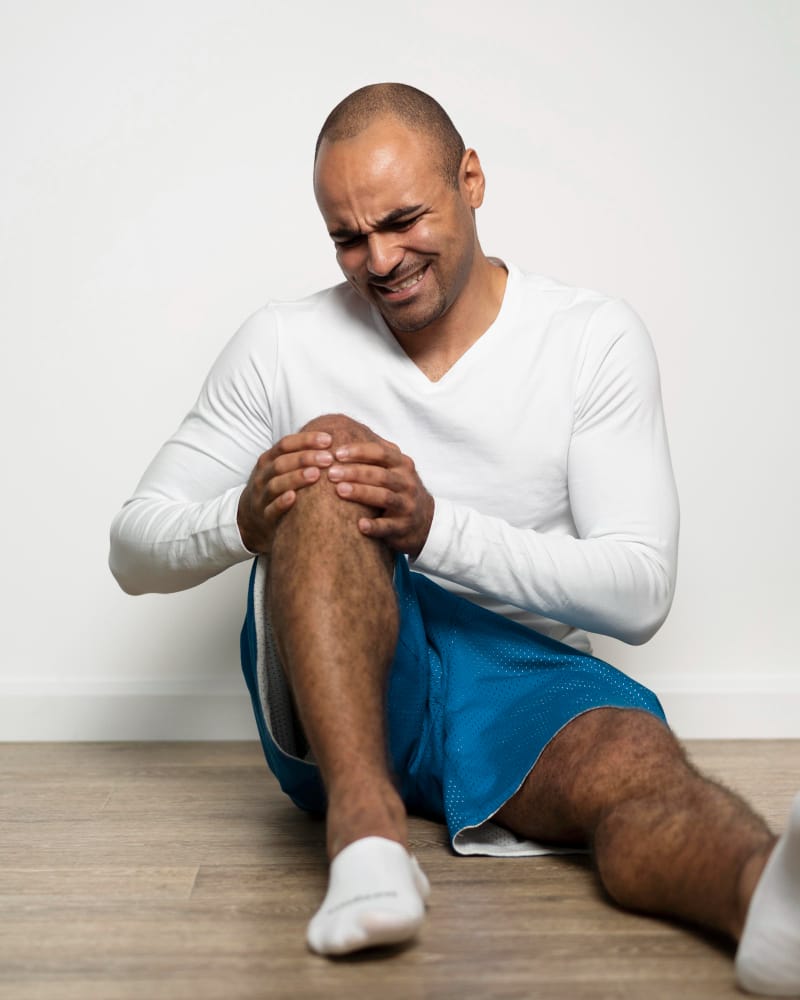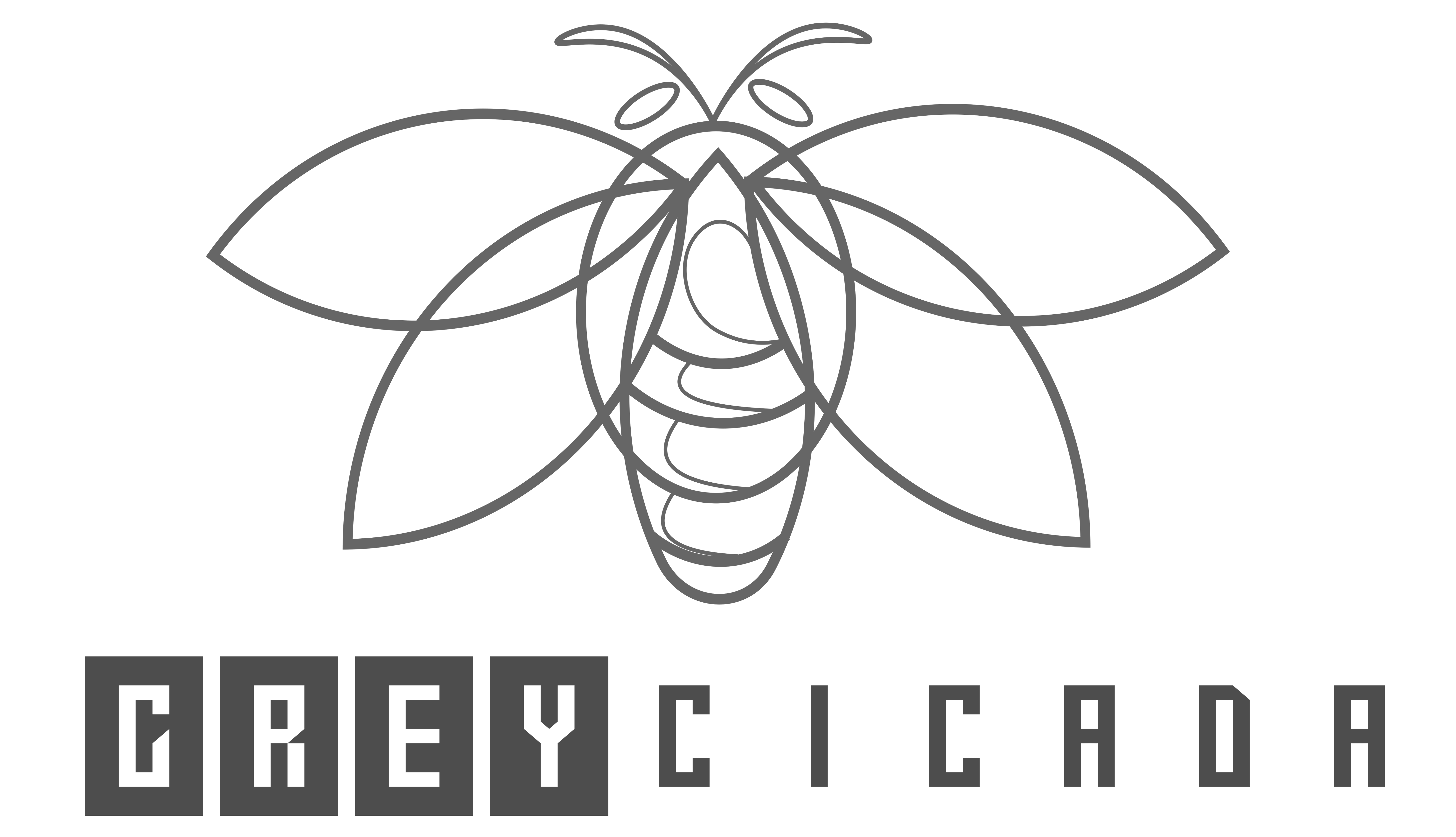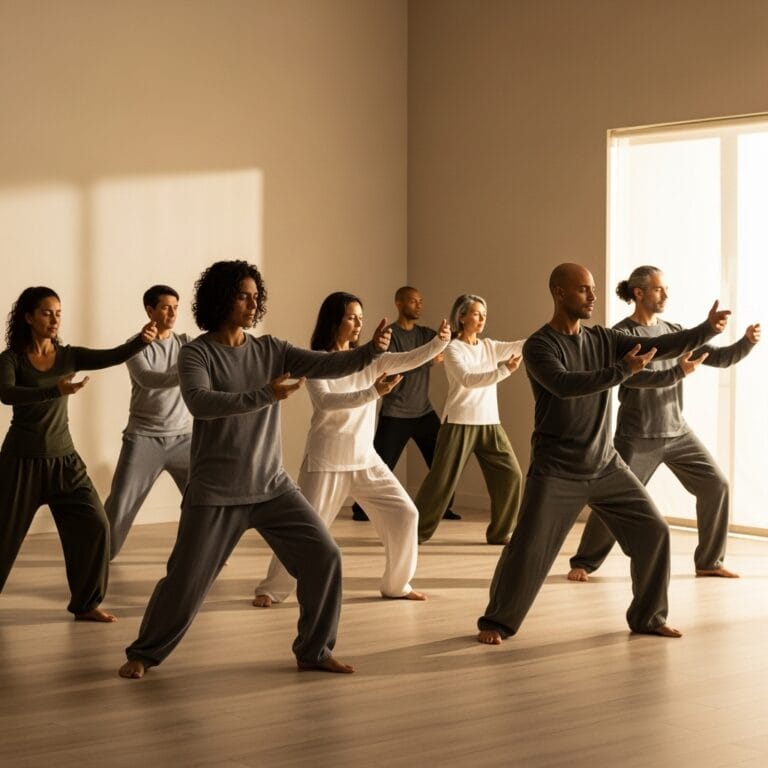FREE SHIPPING OVER $50
My Osteoporosis Breakthrough: I Reversed Bone Loss Naturally – Here’s My Exact Plan

Hearing the words “you have osteoporosis” can feel like a punch to the gut. It certainly did for me. It conjured up images of fragile bones, endless pain, and a future filled with limitations. For years, I had assumed strong bones were just something you either had or you didn’t, and once the diagnosis hit, that was pretty much it. The standard medical advice often points towards pharmaceutical interventions, and while those are vital for many, I was deeply curious about what I could do naturally. Could I truly reverse bone loss without relying solely on medications?
The journey started with a mixture of fear and determination. I dove deep into research, consulted with various health professionals, and began experimenting with lifestyle changes. What I discovered was a powerful, multi-faceted approach that not only halted my bone loss but actually helped me increase my bone density naturally. It wasn’t a quick fix, but a consistent, empowering journey that proved to be my personal osteoporosis breakthrough.
Understanding Osteoporosis: More Than Just “Weak Bones”
Before diving into the “how,” let’s quickly touch on the “what.” Osteoporosis is a condition where bones become weak and brittle – so brittle that a fall or even mild stresses like bending over or coughing can cause a fracture.1 This happens when the creation of new bone doesn’t keep up with the loss of old bone.
Several factors contribute to osteoporosis, including:
- Age: As we get older, our bodies naturally reabsorb old bone faster than they create new bone.
- Hormonal Changes: A drop in estrogen levels in women (especially after menopause) is a significant factor. In men, a gradual decrease in testosterone plays a role.
- Nutritional Deficiencies: A long-term lack of calcium and Vitamin D are primary culprits.
- Sedentary Lifestyle: Bones need stress (from movement and impact) to stay strong.
- Certain Medications: Some medications, like corticosteroids, can weaken bones.
- Genetics: Family history plays a role.
My diagnosis was a wake-up call. While genetics and age were certainly factors, I realized my lifestyle and nutritional habits weren’t optimally supporting my bone health. This realization became the springboard for my breakthrough.
My Exact Plan: How I Naturally Increased My Bone Density
My approach wasn’t about one magic bullet. It was a holistic, integrated strategy focusing on nutrition, targeted exercise, and specific lifestyle adjustments. Here’s the exact plan I followed, step-by-step:
1. Revamping My Nutrition: Beyond Just Calcium
I used to think “more calcium” was the only answer. While essential, I learned it’s about a symphony of nutrients.
- Optimized Calcium Intake (from Food First!): I focused on getting calcium from whole foods whenever possible. This included dairy (milk, yogurt, cheese), fortified plant-based milks, dark leafy greens (kale, collard greens), tofu, and sardines. I aimed for roughly 1200 mg daily from food sources.
- Why it worked: Food-based calcium is generally better absorbed and comes with other beneficial nutrients.
- Strategic Calcium Supplementation: Because hitting 1200 mg solely from food can be tough, I did supplement. But here’s the key: I split my dose. I took 600 mg of calcium carbonate with my breakfast and another 600 mg with dinner.
- Why it worked: Doctors say your body can only absorb about 500-600 mg of calcium at once. Splitting the dose ensured maximum absorption throughout the day. Taking calcium carbonate with food enhances its absorption due to stomach acid.
- Vitamin D, the Calcium Key: This was a huge realization. Calcium can’t get into your bones without enough Vitamin D. My levels were low. I started supplementing with Vitamin D3 (cholecalciferol), aiming for 2000-4000 IU daily, depending on my blood levels (always get yours tested!). I made sure to take it with my largest meal for better absorption, as Vitamin D is fat-soluble.
- Why it worked: Vitamin D facilitates calcium absorption in the gut.
- Magnesium: The Unsung Hero: Many people focus on calcium and Vitamin D but forget magnesium. It’s crucial for activating Vitamin D and for calcium metabolism. I increased my intake of magnesium-rich foods (almonds, spinach, black beans) and took a magnesium citrate supplement (around 300-400 mg daily, at night to also help with sleep).
- Why it worked: Magnesium is involved in hundreds of bodily processes, including bone formation.
- Vitamin K2 (Specifically MK-7): This was a newer discovery for me. Vitamin K2 helps direct calcium to your bones and teeth, preventing it from accumulating in soft tissues like arteries. I aimed for 100-200 mcg of Vitamin K2 (MK-7 form) daily.
- Why it worked: It ensures calcium goes where it’s needed most – the bones.
- Protein Power: I ensured adequate protein intake (around 0.8-1 gram per pound of body weight per day). Protein provides the building blocks for the bone matrix.
- Why it worked: Bones aren’t just minerals; they’re living tissue with a protein framework.
- Balanced Diet: Beyond specific nutrients, I focused on a whole-foods diet rich in fruits, vegetables, healthy fats, and lean proteins. This reduced inflammation and provided a wide array of trace minerals essential for bone health.
2. Targeted Exercise: My Bone-Building Workout Routine
My chiropractor and physical therapist emphasized that bones need stress to grow stronger. This isn’t just about walking; it’s about specific types of movement.
- Weight-Bearing Exercise (4-5 times a week): I swapped some of my non-weight-bearing cardio for activities where my bones supported my weight. This included:
- Brisk walking (30-45 minutes daily).
- Dancing.
- Hiking.
- Using an elliptical machine (which is lower impact but still weight-bearing).
- Why it worked: These activities put stress on bones, signaling them to rebuild.
- Strength Training (2-3 times a week): This was the biggest game-changer. I started with light weights and gradually increased, focusing on compound movements that worked multiple muscle groups and put direct force through my bones.
- Bodyweight exercises: Squats, lunges, push-ups (modified), planks.
- Free weights: Goblet squats, deadlifts (light and with excellent form), overhead presses, rows.
- Why it worked: The pulling of muscles on bones during strength training stimulates bone growth. It also helps improve balance, reducing fall risk.
- Balance Exercises (Daily): Crucial for preventing falls, which are a major concern with osteoporosis.
- Standing on one leg (while holding onto something at first).
- Tai Chi or yoga (gentle, for balance and flexibility).
- Why it worked: Improved balance directly reduces the risk of fractures.
3. Smart Lifestyle Adjustments: Holistic Bone Support
Beyond food and exercise, I made conscious changes to my daily habits.
- Prioritized Sleep: I aimed for 7-9 hours of quality sleep every night. Research shows poor sleep can negatively impact bone health due to hormonal disruptions.
- Why it worked: Adequate sleep supports overall hormonal balance and recovery.
- Stress Management: Chronic stress can lead to elevated cortisol, which negatively affects bone density. I incorporated meditation, deep breathing exercises, and spent more time outdoors.
- Why it worked: Reducing stress hormones helps create a more anabolic (building up) environment for bones.
- Quit Smoking & Limited Alcohol: I had already quit smoking years ago, but if you smoke, stopping is paramount. I also significantly reduced my alcohol intake. Both are known detrimental factors for bone health.
- Why it worked: These habits directly leach calcium from bones and interfere with bone-building processes.
- Fall Prevention: I made my home safer (cleared clutter, good lighting, secure rugs) to minimize fall risks.
- Why it worked: The best way to avoid an osteoporosis fracture is to avoid falling.
My Breakthrough: The Results That Proved It All
It wasn’t an overnight change, but after about 12-18 months of consistent adherence to this exact plan, my follow-up DEXA scan (the bone density test) showed something remarkable. Not only had my bone loss stopped, but my bone density had actually increased significantly in my lumbar spine and hip. My doctor was genuinely impressed, stating that these results were a testament to the power of a comprehensive natural approach.
This breakthrough wasn’t just about numbers on a scan; it was about reclaiming my confidence. I felt stronger, more energetic, and less fearful about my future. The natural strategies I implemented became ingrained habits, improving my overall health far beyond just my bones.
Can You Do It Too? Empowering Your Bone Health Journey
My journey is a testament to the body’s incredible capacity for healing and adaptation when given the right tools. If you’ve received an osteoporosis diagnosis, or if you’re concerned about your bone health, know that you have agency.
While this was my exact plan, it provides a solid blueprint. Always consult with your doctor or a qualified health professional before starting any new supplement regimen or exercise program, especially after an osteoporosis diagnosis. They can provide personalized advice based on your specific situation and existing medications.
Focus on the pillars: a nutrient-rich diet with adequate calcium, Vitamin D, Magnesium, and Vitamin K2; regular weight-bearing and strength-training exercise; and crucial lifestyle adjustments. Consistency is your most powerful ally.
Related Articles
- Chiropractor’s Secret: 5 Exercises That ERADICATED My Neck Hump & Fixed My Posture! (My Results)
- Defy Age: 4 Strength Workouts to Rebuild Muscle & Boost Vitality After 50
- Doctors Say: This is the Best Time to Take Calcium Supplements for Maximum Benefits (Split, Half in the Morning and Half at Night)
- New Study Reveals: This Common Fridge Item Can Lower Osteoporosis Risk



